|

Extra photos for bloggers: 1, 2, 3
 |
Doesn’t it feel like 2012 was just a couple weeks ago?
Maybe your New Year’s resolution was to start a 365 Project where you snap a photo every day.
Well, what if we told you that you can make a time-lapse of your life by taking a one second clip every day? That’s what Photojojo pal, James Bernal did for the all 366 days of 2012.
Think about how awesome yours would look — it’d be a 6-and-a-half minute mosaic of your year!
James put together an awesome guide detailing how to shoot, what to shoot, and how to keep going when you’re ready to set the camera down.
A Guide to Shooting One Second a Day
p.s. Win a traveling photo booth! We’re giving away an Instax camera & more with Brit+Co. Enter to win right here.
p.p.s. Even moar giveaways! Our pals at SnapKnot (the wedding photographer directory) are giving away a Nikon D800 or Canon 5D Mark III. Here’s how to enter.
Why it’s cool:
First, watch this. The one second a day video James made of his 2012.
2012 in 366 Seconds from James Bernal on Vimeo.
Sometimes, we take our days for granted. A project like this will help you reflect on your life as it happens.
Imagine being able to look back on any day and instantly remember what you did, who you met, what you learned, or how you felt.
While you’ll be able to have a really nifty video time capsule of your life and a fun way to share your year with others, it can also be an ingenious and powerful way for you to be able to remember what you’ve accomplished over the year and how you want to make it even better.
Undertaking this project will also improve your camera skills. For real! Keeping your eyes peeled for your one second each day, you’ll be sizing up the world for good moments and you’ll naturally want to attempt new shots to keep it fresh.
When to Start:
 While you might think you missed the boat with starting off your project on January 1st, 2013, the truth is, this is about your life and you can start your project anytime!
While you might think you missed the boat with starting off your project on January 1st, 2013, the truth is, this is about your life and you can start your project anytime!
You can start it on your 27th birthday, the first day of your round-the-world trip, a random Tuesday, on your first day of college, or Chinese New Year!
There’s also no rule for how long it should be, so you can keep this up for 3 months or a whole year or even keep doing it for the rest of your life!
Tools For Putting it all Together:
 A Camera.
A Camera.
Or even better, all the cameras. You can use any camera that’s able to take video, and preferably at least 720p so you can share it with the rest of the world.
You don’t have to stick to one camera either, so don’t be afraid to use different ones as long as their quality is as good as your main camera. Nowadays, most smartphones, point and shoots, and GoPros can shoot in glorious HD!
An Editing Program.
You’re going to need to put this puzzle together somehow! Some editing programs have more bells and whistles than others but you won’t need to get too over your head.
All you really need is to put your clips in order and find a sweet song to make it all flow together nicely. Our suggestion – iMovie and Windows Movie Maker are free and work just fine.
If you’re planning on using an iPhone exclusively as your one and only camera, then there’s now a recently launched app that helps keep you organized and edit all your footage together! It’s called One Second Everyday.
STEP 1: GET TO SHOOTING
 Get out there and shoot your one second clip everyday! Take your camera everywhere. Yeah guys, everywhere.
Get out there and shoot your one second clip everyday! Take your camera everywhere. Yeah guys, everywhere.
You never know what you’re going to encounter once you walk out your door. Take it to work, parties, the beach, school, the DMV, wherever.
Document the first time you tried a churro, your walk in the park, that bike ride over the Brooklyn Bridge, or maybe the impromptu dance party that erupted while you were waiting for the bus.
Take a Step Backward!
It’s easy to get so wrapped up in being a cinematographer that you forget to take a look around you and give us a little more context about where you are.

If you’re pointing your camera at a delicious pizza you’re about to eat, it could be even more interesting if you take a couple steps backwards (but watch your step!) and show us you’re eating a pizza … at the Grand Canyon.
Get Creative.
We’re not gonna lie, taking a memorable video of each and every day is going to be a tough workout for your eyes and brain, but hang in there. We know you can do this!
Try out new angles and different techniques, or maybe throw in a one second time-lapse in there if you’re pretty handy with that stuff. Don’t forget to hand your camera to others from time to time so you can also make a cameo in your video!
Sticking with this project, you’ll naturally become more creative with your shots when you’re forced to come up with something new every single day.
Get a reminder.
There might be days you’re so busy you forget all about your project. Don’t let up! Put an alarm or a reminder on your phone to make sure you remember to snap a video of something each day!
STEP 2: GET UP AND GO OUTSIDE
 Seriously, you guys, keep shooting.
Seriously, you guys, keep shooting.
There are 86,400 seconds in a day. More than a few of those are gonna be totally worth getting on tape!
Everything is fair game.
From your awesome roadtrip, to the C- you got on your biology test, to that flat tire you had to change (in the snow!), everything is worth documenting.
It’s natural to want to remember all the good times but don’t be afraid to point your camera at some of the less-than-stellar moments. It’s all part of the story of your life and every moment is equally important.
Don’t Stop.
This is the most important tip.
You’re gonna get tired of shooting a second a day, and you might want to skip a day. Don’t give up.
Even if you think there’s nothing interesting happening, go outside and make something happen. There’s always something worth documenting, even if it’s just you walking your dog (especially if it’s a particularly awesome dog).
I also found it helpful to tell my friends about my project and they were crucial in keeping me motivated. They’d even ask “Hey, can I be your one second clip today?”
STEP 3: DOWNLOAD YOUR FOOTAGE
 As the days fly by and you fill up your memory cards with footage, you’re gonna have to start downloading your footage to your computer.
As the days fly by and you fill up your memory cards with footage, you’re gonna have to start downloading your footage to your computer.
It’s going to be a little different from computer to computer, but it’s pretty simple. Make a main folder, and organize your clips in a way you can easily keep track of what’s where.
More importantly, stay organized. Seriously, guys, 365 different video clips are as unruly as a bag full of puppies (although not as cuddly and definitely not as cute).
You’re gonna have a much easier time if you regularly organize your clips into folders for months over the course of your project. It would also be a really good idea to make a backup of all your footage so you don’t lose all your work in case an elephant stomps on your computer.
Step 4: START EDITING
 Import your clips into iMovie (free) or Final Cut Pro if you’re a Mac fan. If you’re running windows, try Windows Movie Maker (free) or Adobe Premiere.
Import your clips into iMovie (free) or Final Cut Pro if you’re a Mac fan. If you’re running windows, try Windows Movie Maker (free) or Adobe Premiere.
Most movie editors are laid out with a little area for all your clips and another area called a timeline. The timeline is where you’re gonna be placing your clips and organizing them.
Editing is a lot like solving a puzzle – you’re moving all your clips around into the right order by date. While you rearrange the clips where they belong, you can start ‘trimming’ them down to 1 second each.
Those fun kids over at Vimeo have a couple good lessons to help get you started on whatever editing program you’ve got!
- Editing with Windows Live
- Editing with iMovie
- Trimming & Cutting with iMovie
STEP 5: THROW A PHAT BEAT ON IT
 Just like photography, music is a universal language. Go through your music library and find a bumpin’ song that you can add to your video!
Just like photography, music is a universal language. Go through your music library and find a bumpin’ song that you can add to your video!
Was there a song that was your jam while you were shooting this project? If Polka is your thing, that’s cool too! Try out a couple different songs and see which one sets the mood you’re going for and really goes with the flow of your movie.
STEP 6: THE HOME STRETCH
Add some titles, effects, and finishing touches to your video.
Hit the export or share button and upload it to Youtube or Vimeo, so you can showcase your masterpiece to the world!
Wanna see more examples? Here are two more of our favorites!
Brittany Bravo’s 2012.
Cesar Kuriyama’s Year 30.
1 Second Everyday – Age 30 from Cesar Kuriyama on Vimeo.
Take it further
- Watch Cesar Kuriyama’s TED talk all about the making of video (above). It’ll inspire you!
- Get more advanced with your video editing, try a time-lapse.
- Learn how to make a stop-motion video!
- Check out our guide to Project 365, the inspiration behind the one second a day video
Related posts:
- The Flip Video — The $ 100 Digital Video Camera that’s Tiny, Cheap, and Fun! Remember those shoulder-mounted VHS camcorders dad used to haul out…
- An Inspiring Stop-Motion Video (Modest Mouse Fan Video) Stop-motion photography ain’t easy. It requires patience, patience, planning, patience,…
- Vacation Photos with a Twist — or What to Do with All Those Pictures of Your Feet June’s Photojojo made possible by… ~Have a cool photo product…

Photojojo
 FashionPhotographyBlog.com caught up with Photo of the Week winner, Alana Tyler Slutsky to find out what has been happening since she shot her winning photo from her “Painted Ladies” series. Based in Brooklyn, New York, Alana Tyler Slutsky photographs fashion, beauty and portraits. From our previous interview with Alana, we discovered that she loves to play with color and light, as well as the idea that “fashion is fantasy.”
FashionPhotographyBlog.com caught up with Photo of the Week winner, Alana Tyler Slutsky to find out what has been happening since she shot her winning photo from her “Painted Ladies” series. Based in Brooklyn, New York, Alana Tyler Slutsky photographs fashion, beauty and portraits. From our previous interview with Alana, we discovered that she loves to play with color and light, as well as the idea that “fashion is fantasy.”



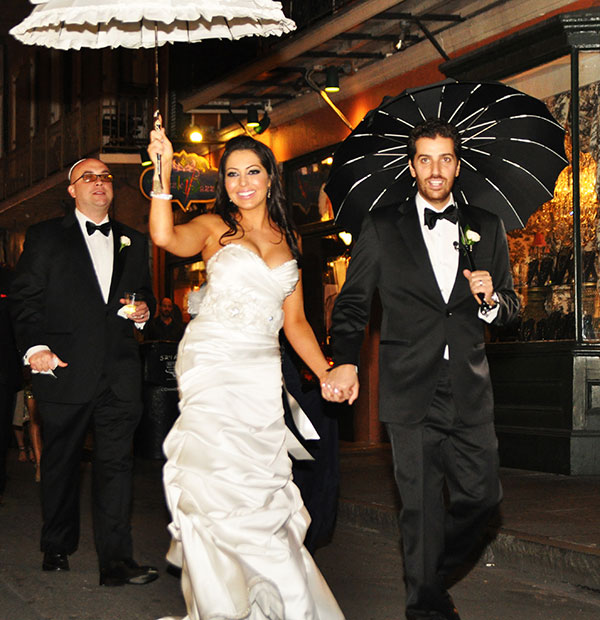
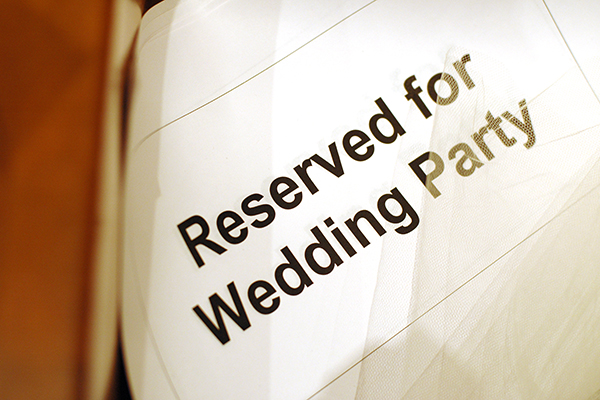
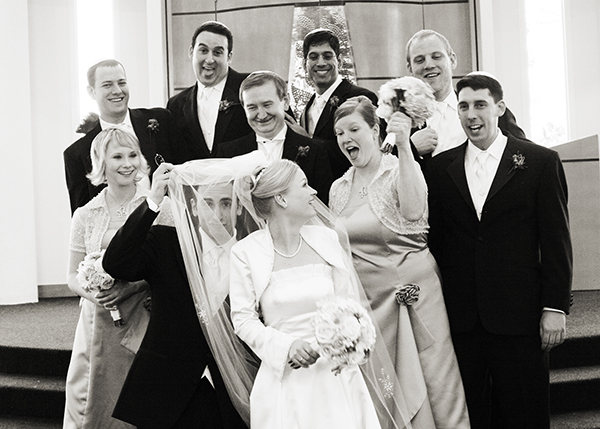
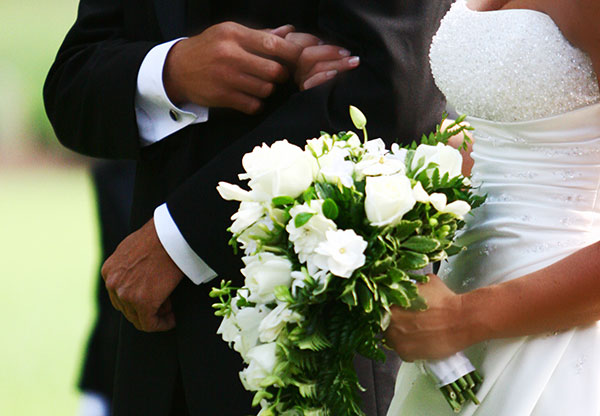

















 While you might think you missed the boat with starting off your project on January 1st, 2013, the truth is, this is about your life and you can start your project anytime!
While you might think you missed the boat with starting off your project on January 1st, 2013, the truth is, this is about your life and you can start your project anytime!  A Camera.
A Camera. Get out there and shoot your one second clip everyday! Take your camera everywhere. Yeah guys, everywhere.
Get out there and shoot your one second clip everyday! Take your camera everywhere. Yeah guys, everywhere. 
 Seriously, you guys, keep shooting.
Seriously, you guys, keep shooting.  As the days fly by and you fill up your memory cards with footage, you’re gonna have to start downloading your footage to your computer.
As the days fly by and you fill up your memory cards with footage, you’re gonna have to start downloading your footage to your computer.  Import your clips into iMovie (free) or Final Cut Pro if you’re a Mac fan. If you’re running windows, try Windows Movie Maker (free) or Adobe Premiere.
Import your clips into iMovie (free) or Final Cut Pro if you’re a Mac fan. If you’re running windows, try Windows Movie Maker (free) or Adobe Premiere. Just like photography, music is a universal language. Go through your music library and find a bumpin’ song that you can add to your video!
Just like photography, music is a universal language. Go through your music library and find a bumpin’ song that you can add to your video! 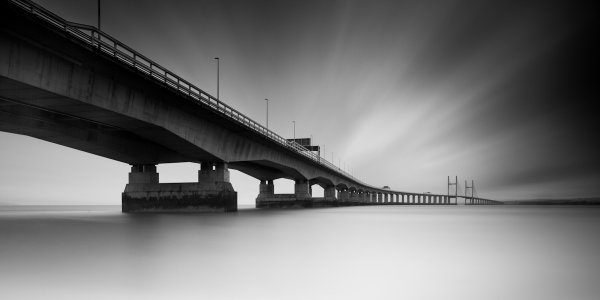

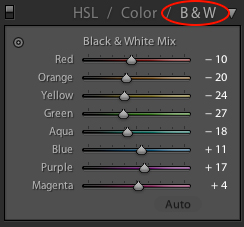








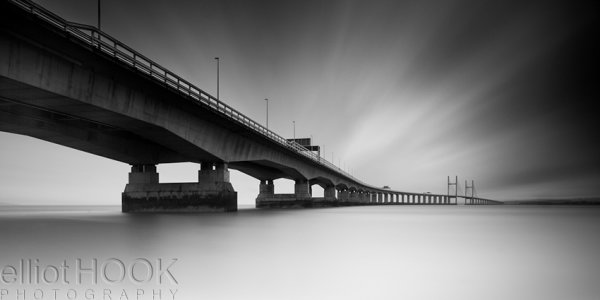
You must be logged in to post a comment.